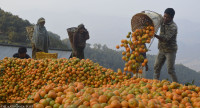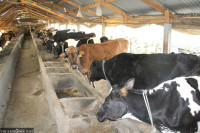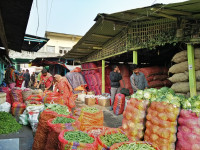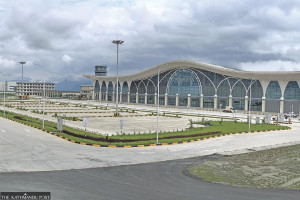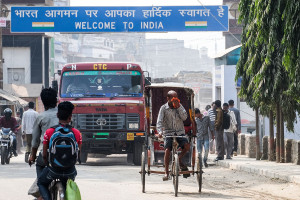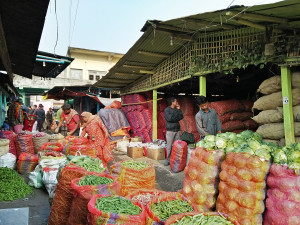Money
Inflation at 13-yr low
Consumer prices grew at the slowest pace in almost 13 years in June, as food prices fell and non-food prices went up moderately.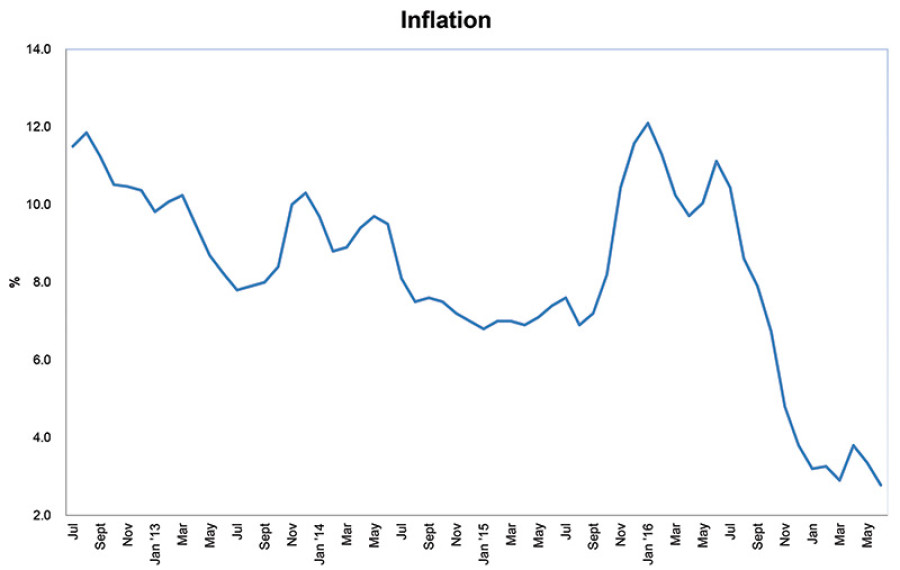
Consumer prices grew at the slowest pace in almost 13 years in June, as food prices fell and non-food prices went up moderately.
Inflation stood at 2.8 percent in June, the lowest since July 2004 when consumer prices had gone up by 2 percent. Inflation cooled down in June on the back of previous year’s high base price and improvement in the supply situation, the latest Macroeconomic Report of the Nepal Rastra Bank (NRB), the central bank, says. Inflation stood at 11.1 percent in the same period a year ago.
Another reason for moderation in inflation is deceleration in price hike of consumer goods and services in India.
Nepal gets almost 65 percent of total imports from India, so a moderation in inflation in the southern neighbour benefits Nepal as well. Inflation moderated to 1.5 percent in India in June, NRB report says. Inflation has lately been cooling down in both Nepal and India because of good monsoon, which gave bumper harvests, leading to drop in prices of food products. Food prices, which account for 44 percent of the consumer basket in Nepal, dropped 1 percent in June. Food prices declined largely due to 17.5 percent drop in prices of pulses and legumes, and 16.3 percent fall in prices of vegetables. Such a huge drop in prices of these food commodities negated rise of 11.5 percent in prices of sugar and sugar products.
However, it is not known whether food prices will continue to fall in the coming days, as the country is expected to receive uneven rainfall during this monsoon, the NRB report says quoting the weather forecast of the South Asian Climate Outlook Forum.
As per the report, eastern parts of the country will witness near to normal rainfall this monsoon, which began on June 12, whereas the central part will receive normal rainfall and the mid- and far-western parts will receive below normal rainfall. “Hence, the behaviour of rains in the remaining period of monsoon will be the key in shaping the farm output going forward,” adds the NRB report, which, probably for the first time, has identified “weather” as one of factors that has the “potential to shape the country’s macrofinancial position”.




 12.12°C Kathmandu
12.12°C Kathmandu